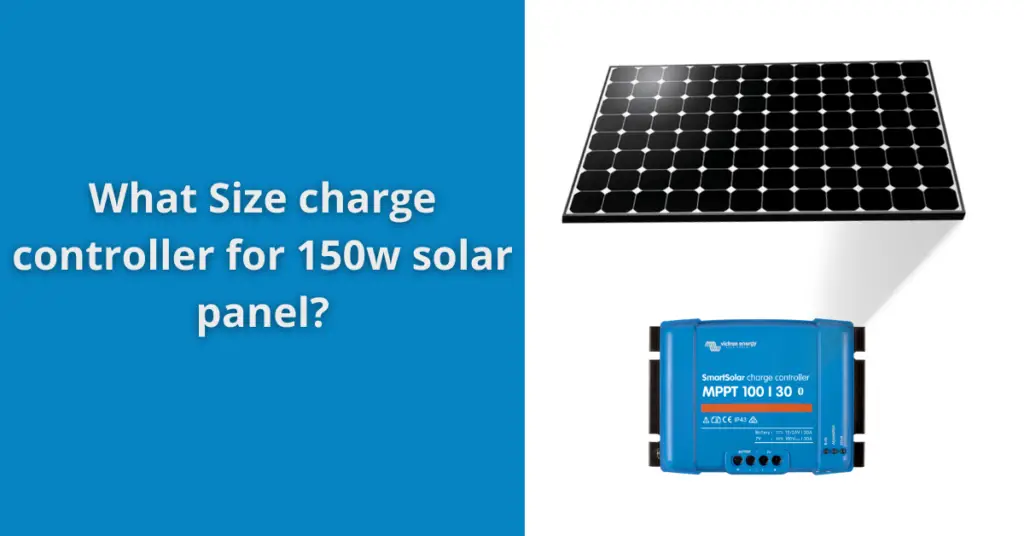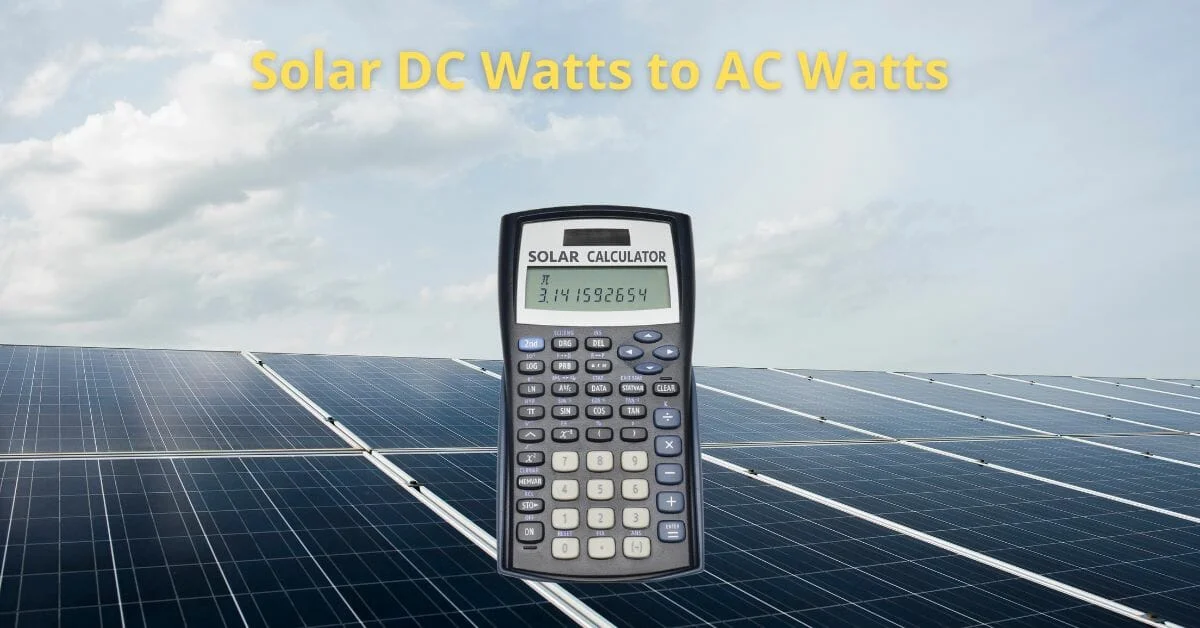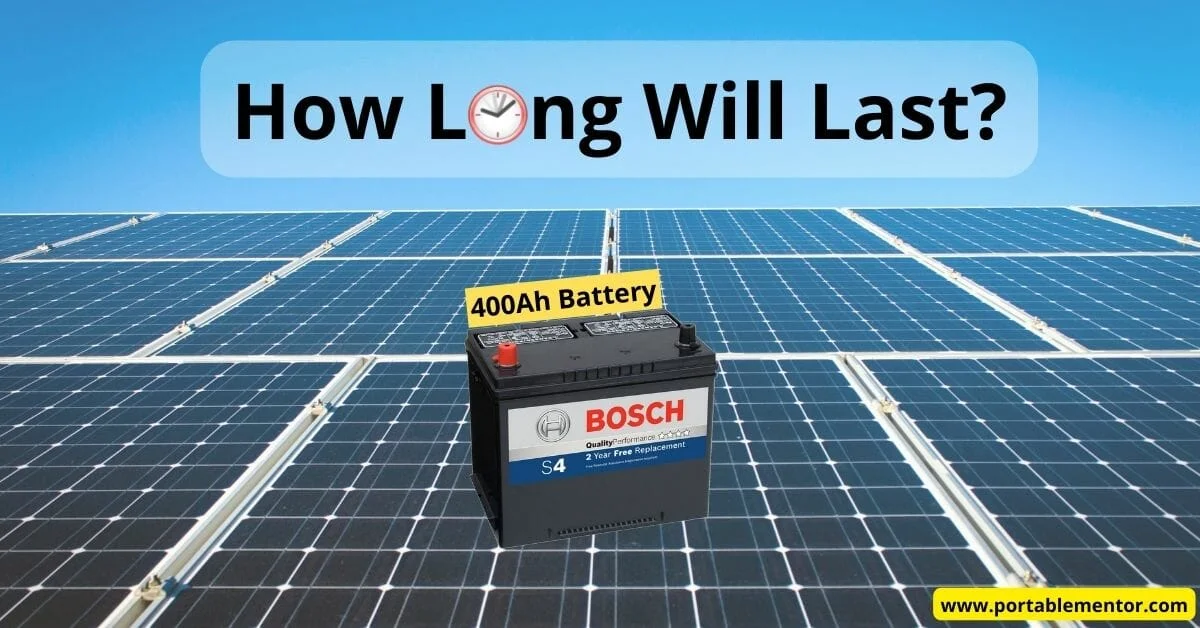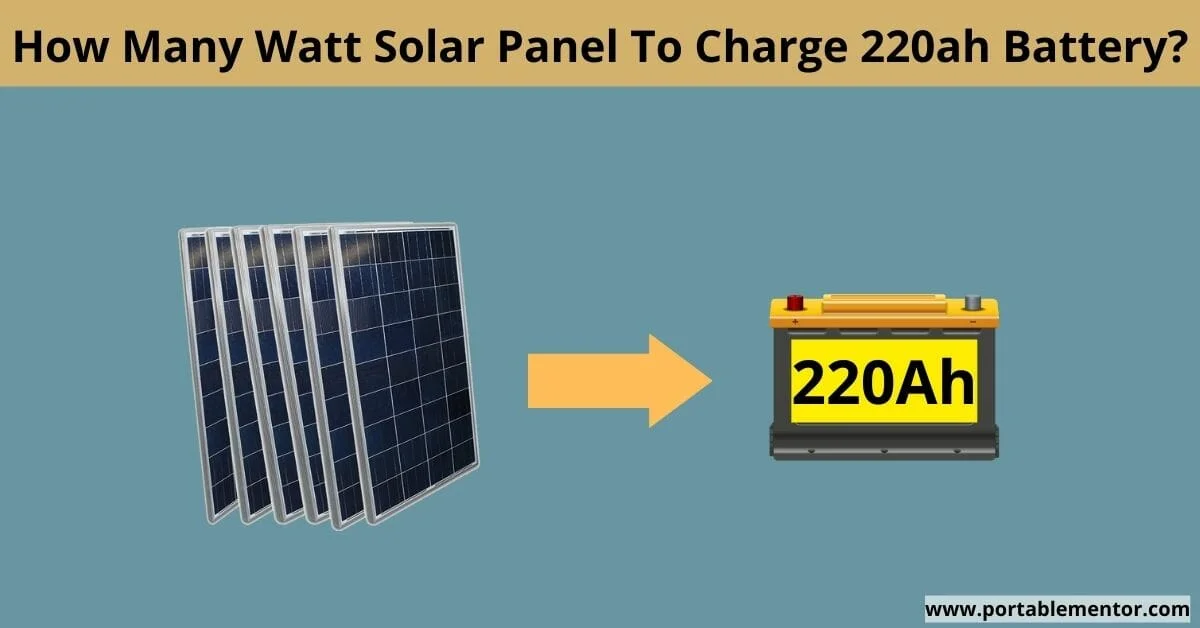
The charge controller plays a significant role in ensuring optimal charging and protection of your battery bank.
In this article, I will guide you through the process of selecting the right size charge controller for your 150 watts solar panel. I'll discuss the key factors to consider when purchasing a charge controller and provide recommendations for the best charge controllers available.
Why Do You Need A Charge Controller?
Charge controllers act as intermediaries between the solar panels and the battery bank, ensuring that the batteries are charged efficiently and preventing overcharging or excessive discharging.
For instance, a 12V solar panel typically generates around 18 volts under direct sunlight. If you were to directly connect this solar panel to a 12V battery, it could potentially harm the battery.
What Size Charge Controller For 150 Watt Solar Panel?
For a 12v 150 watt solar panel system you need a 12v 15A charge controller and a 24v 10A charge controller for a 24v 150w solar panel.
To determine the appropriate size of the charge controller, divide the rated wattage of the solar panel (in watts) by the battery voltage, and then multiply the result by 1.5.
Here's my recommendation for a charge controller when using 150 watt solar panel system.
| Charge controller | Details | Where to Buy |
|---|---|---|
Victron MPPT Charge Controller  | - Input voltage: up to 75V - Bluetooth monitoring | Check Price Now |
Renogy Voyager 20A PWM Charge Controller  | - Input voltage: 12V/24V - LCD Display | Check Price Now |
Now, let's explore whether you should opt for an MPPT charge controller or a PWM charge controller.
MPPT vs PWM: Choosing the Right Charge Controller
Both MPPT and PWM charge controllers serve the common purpose of safely charging your battery. However, MPPT charge controllers generally offer higher efficiency compared to PWM charge controllers, though at a higher cost.
PWM charge controller:
- Lowers voltage from solar panel(s) by turning them on and off
- Disconnects and reconnects solar panel to ensure safe battery charging
- 10-20% less efficient than the MPPT charge controller
MPPT charge controller:
- Maximizes power production of solar panel(s)
- Transforms maximum power into lower voltage and higher current power
- Ensures safe battery charging with 10-20% more efficiency.
When to choose an MPPT charge controller: The efficiency advantage of MPPT charge controllers becomes more apparent when the voltage of the solar panel(s) is substantially higher than that of the battery. In the case of your 150 watt solar panel rated at 24V nominal, charging a 12V battery bank, it is recommended to use an MPPT charge controller.
By utilizing an MPPT charge controller in this setup, you can maximize power production from your solar panel and efficiently convert it to the appropriate voltage for charging your battery bank. This ultimately leads to better overall performance and higher energy yield.
When to choose a PWM charge controller: If your solar panel and battery bank are rated at the same nominal voltage, you have the flexibility to choose either a PWM or an MPPT charge controller. However, an MPPT charge controller is generally 10-20% more efficient than a PWM charge controller.
Factors to Consider when Selecting a charge controller size for 150w solar panel system
Several factors should be taken into account when determining the size of the charge controller for your 150 watt solar panel:
- System Voltage: Ensure that the charge controller is compatible with the voltage of the battery bank. If you have a 24v solar panel the charge controller should be able to handle 24v input voltage.
- Charge controller Amp (A) rating should be 1.5 times higher than the solar panel's current output: This will ensure the solar array protection in case of any fluctuations in the solar panel output like during the cloud edge effect.
- Choose an MPPT charge controller when solar panel battery voltage is different: In the case of a 24v 150 watt solar panel, and a 12V battery bank, it is recommended to use an MPPT charge controller.
- Choose the right size cable between solar panel and charge controller to minimize the power losses.
Cable Sizing for Connecting Your 150W Solar Panel to the Charge Controller
When connecting your 150 watt solar panel to the charge controller, it is essential to use the appropriate cable size to ensure efficient power transmission and minimize voltage drop.
Here's the table with a recommended wire size for 150 watt solar panel to charge controller:
| Charge Controller | Recommended Cable Size (AWG) | Where to Buy |
|---|---|---|
| 12V 15A | 10 AWG | Check Price Now |
| 24V 10A | 12 AWG | Check Price Now |
Conclusion
Selecting the correct size charge controller for a 150W solar panel system is crucial for ensuring optimal performance and longevity of the battery bank.
By considering factors such as voltage and amperage ratings, as well as other variables like system voltage, and panel current, you can make an informed decision.
I hope this blog post is helpful for you, reach out to me if you have any further queries mail me at contact@dotwatts.com. Thank You!



